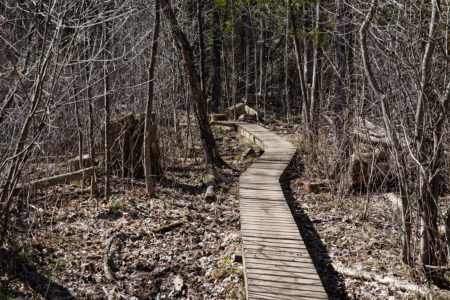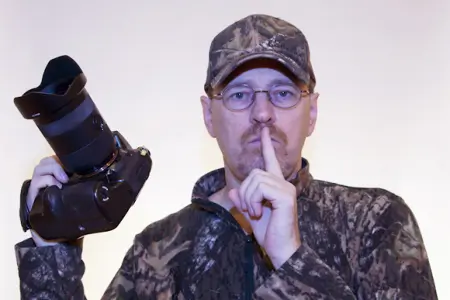What’s in this Post
Shoot With Story in Mind
 They say that a picture is worth a thousand words. And in some respects, I believe this to be true. When I look at an image, any image, I can see a lot of things. Sometimes, I see exactly what the photographer intended. Other times, I see something completely different. The thing to remember is the “shoot with story in mind” idea forces the viewer to see along the path you want.
They say that a picture is worth a thousand words. And in some respects, I believe this to be true. When I look at an image, any image, I can see a lot of things. Sometimes, I see exactly what the photographer intended. Other times, I see something completely different. The thing to remember is the “shoot with story in mind” idea forces the viewer to see along the path you want.
Story
But no matter what the viewer sees, even with that many words, can an image really tell an entire story? I think not. While an image can capture a wealth of information, it can only represent a single instant in time. You don’t know what happened to the components of the image immediately before, or immediately after, the image was captured. Now, imagine this for minutes or hours. For some images, we can guess. But for others, the story needs more.
We can extend this thinking to characteristics like context, or details. If too much of the background is included in a shot, we lose sight of the details. If the shot focuses on the details, we lose sight of the context. Whatever the focus is, it is clear that you can’t capture everything in a single instant.
Movies
This is likely the thinking that went into the invention of the movie. The original moving picture displays still images one after another. The images are displayed very rapidly. Our eyes, and brain, then blended these images together to give us the illusion of reality over time. Today, the technology is a little different, but the end result is the same … capturing reality over time.
Shoot with Story in Mind
The technique of Shoot with Story in Mind, borrows from moving pictures, and modern-day movie making, to complete the story. In the next section, I will talk about the specifics of this technique.
Shot Types
The basic technique makes use of a minimum of three shots to tell a story. First, establish a context for your subject with the wide shot. For example, if I am shooting a bird, I would first take a picture of the area I found it in. Use a wide-angle lens, such as a 16-35mm or 24-70mm, for this type of shot.
Second, show a relationship between your subject and its environment using a medium shot. For example, I would focus on the bird, and the tree it’s perched in. Use a medium focal length lens, such as a 24-70mm or a 70-200mm.
And lastly, provide details about the subject using a close-up shot. For example, concentrate on the full body of the bird and little else, or perhaps just the eyes. Take this shot with a long focal length lens, such as a 300mm and up.
The end result is a small series of shots that more completely tell the intended story. Each shot focuses on a particular aspect of the subject in relation to its surroundings.
Caution
Like most photographic techniques, there is a time to use it. Memorable still images should stand on their own, for their own sake. But sometimes, there is more story to tell, and that is where this technique comes in.
Conclusion
Try it out. You may find that it adds another dimension to your photographic vocabulary.

Dave’s Newsletter
Discover the thrill of the great outdoors on my adventure website. Explore breathtaking hiking trails, conquer rugged terrain on your mountain bike, or capture nature’s beauty with your camera. All from your inbox. Adventure awaits!




